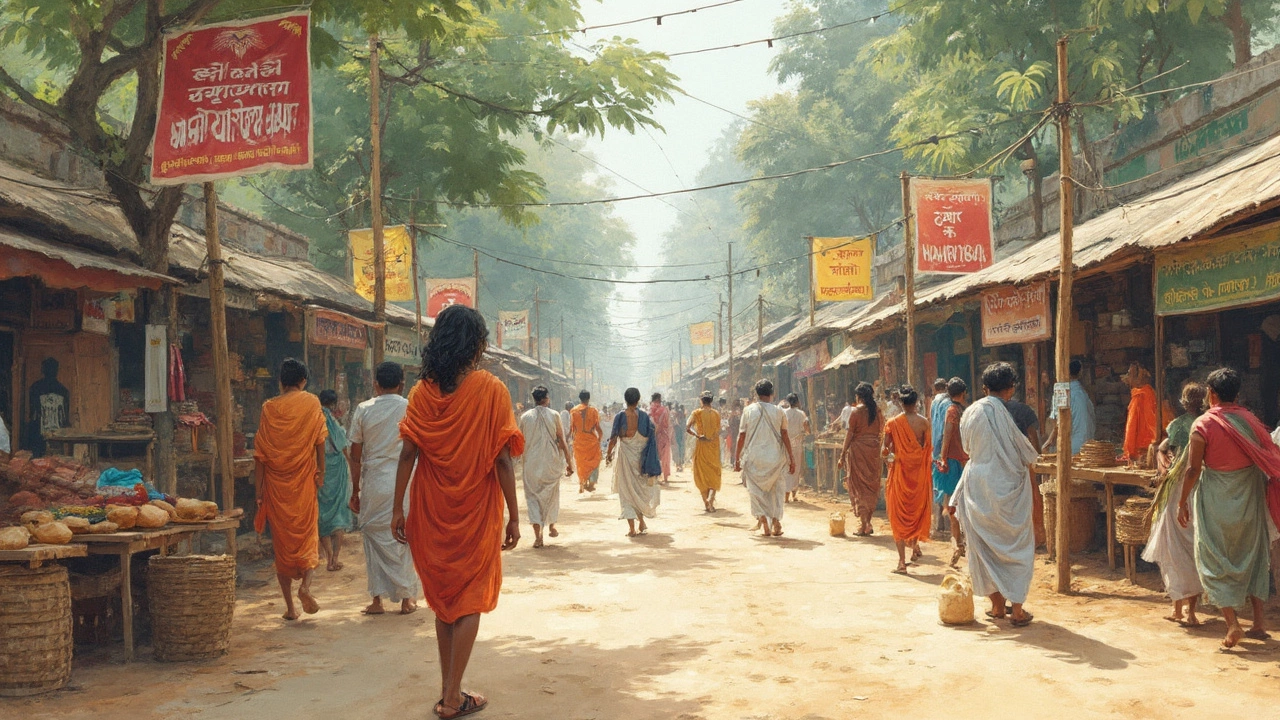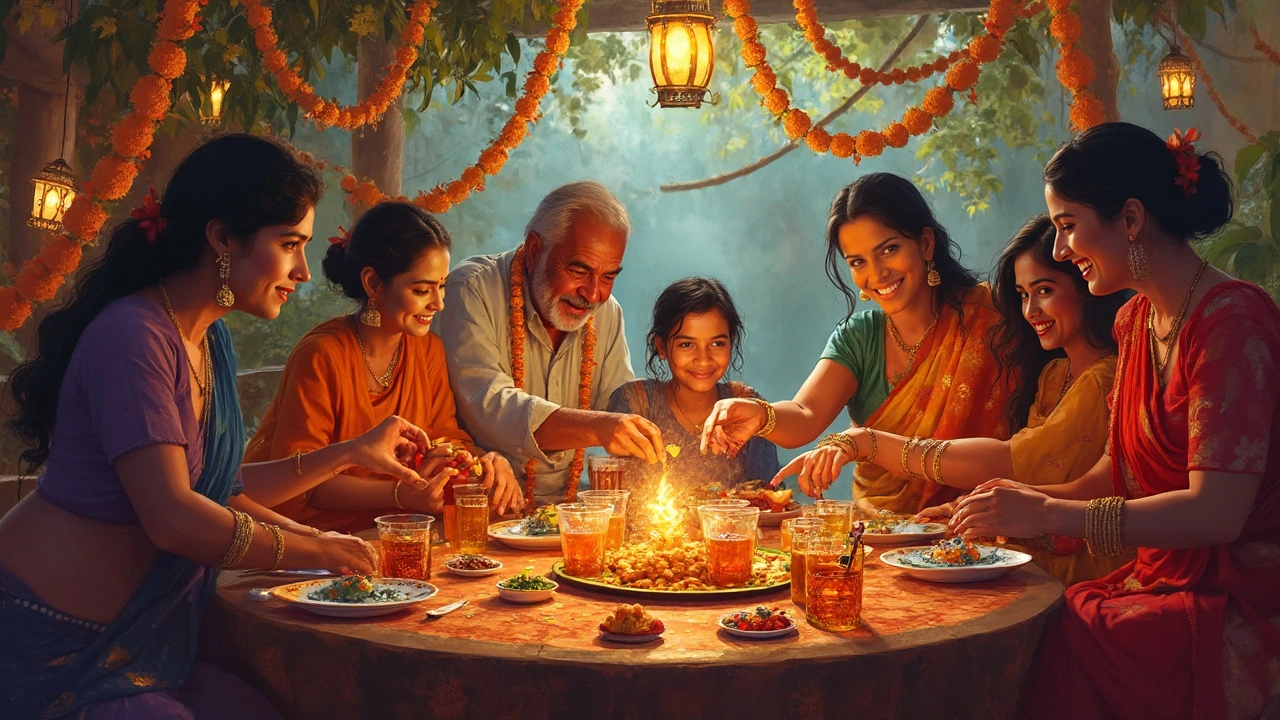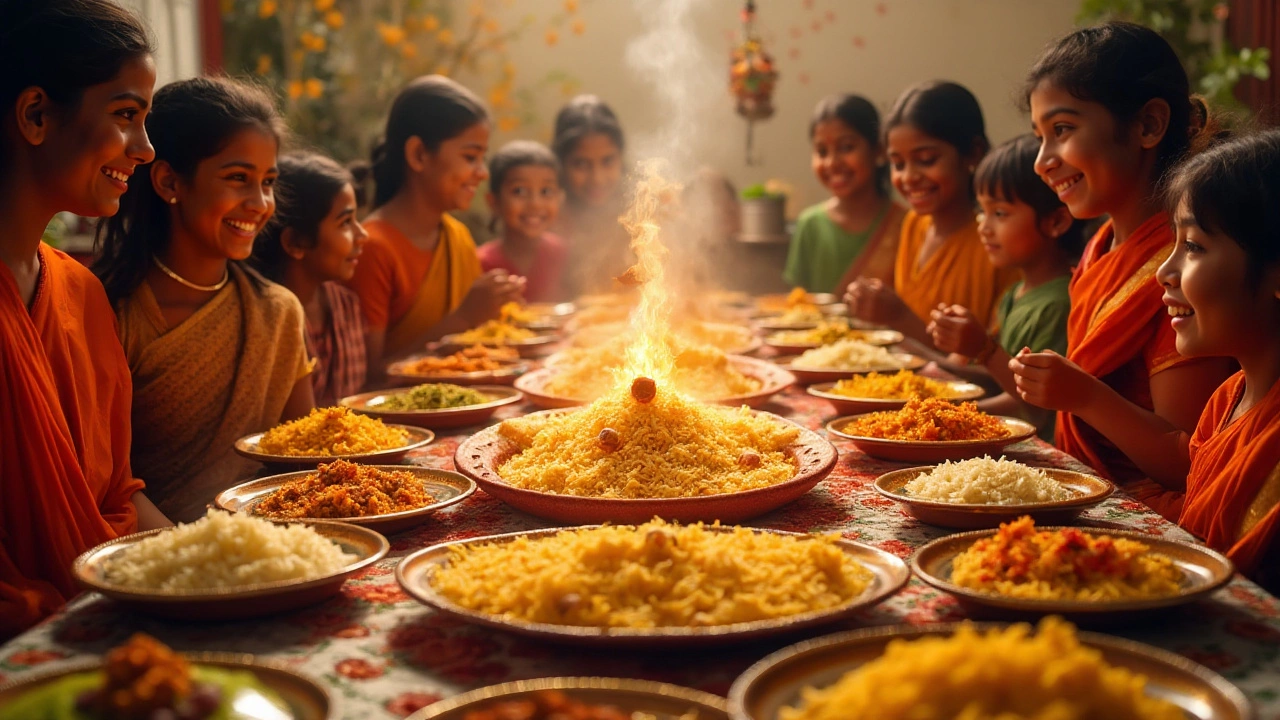Bengali Festivals: A Quick Guide to Celebration and Culture
If you’ve ever wondered why Bengal seems to explode with colour, music and food, the answer is the festivals. From the grand pandals of Durga Puja to the sweet start of Pohela Boishakh, each event tells a story about community, faith and joy. Below you’ll find the biggest festivals, what makes them special, and how you can join the fun without feeling lost.
Major festivals and their highlights
Durga Puja (September‑October) is the crown jewel. Six days of elaborate idols, glowing lights and nonstop drumming turn Kolkata into a living museum. The key moments are the "Sasthi" (first day) when the goddess arrives, the "Sandhi Puja" (mid‑night on the sixth day) that blends two rituals, and "Vijayadashami" when the idols are immersed in the river. Don’t miss the street food stalls – mishti doi, puchka and jhalmuri are must‑tries.
Pohela Boishakh (April 14) marks the Bengali New Year. Red and white saris, ear‑then pots called "bhog" and folk songs fill the streets. The day starts with a sunrise pilgrimage to the Dakshineswar temple, then a feast of "ilish" (hilsa fish) and "panta" (fermented rice). If you’re lucky, you’ll catch a "Baul" singer playing a dotara in a market square.
Kali Puja (late October/early November) lines up with Diwali but focuses on Goddess Kali. Homes and temples are lit with rows of lamps, and devotees chant "Kali Ma" while offering red hibiscus flowers. The night sky glows with fireworks – just keep a safe distance, but enjoy the view. Vegetarian sweets like "sandesh" and "rasgulla" are offered to the goddess and shared with guests.
Rath Yatra (June‑July) celebrates Lord Jagannath’s journey on a chariot. In Bengal, a smaller version of the massive Oriya procession is held in places like Nabadwip. The chariot moves slowly through crowded lanes, and pilgrims pull it while chanting. It’s a great chance to see local devotion up close and snap some lively photos.
Sharad Utsav (October) is the harvest festival where families gather to enjoy "pithe" (rice cakes) and "payesh" (rice pudding). The crisp autumn air makes it perfect for outdoor games like "kabaddi" and "ludo". It’s also when people light traditional oil lamps to thank the gods for a good crop.
How to enjoy Bengali festivals like a local
First, plan your visit around the main dates. Most festivals follow the lunar calendar, so check a Bengali calendar online for the exact year. Arriving a day early lets you settle in and catch the buildup – the streets are already buzzing with decorations.
Dress modestly but colourfully. Bright saris, kurta‑pajama sets or simple white shirts work well. When you’re invited to a "bhog" (community meal), wash your hands and wait for the host to indicate when to start eating. It’s polite to try a little of every dish, even if it looks unfamiliar.
Learn a few Bengali phrases – a simple "Nomoshkar" (hello) or "Shubho" (happy) goes a long way. When you’re at a Puja venue, ask the volunteers where the main altar is; they’ll happily point you out and explain the rituals.
Take advantage of street food, but pick stalls that look clean and busy. High turnover means fresher food. Keep a small bottle of water and some wet wipes handy – crowds can get sweaty, especially during summer festivals.
Respect the sanctity of the idols and prayer areas. Avoid touching the deity, and keep your voice low inside the temple. If you’re unsure, watch what locals do and follow their lead.
Finally, soak in the music. From "dhak" drums in Durga Puja to soulful Baul songs on Pohela Boishakh, the sounds are a big part of the experience. Even if you don’t understand the lyrics, the rhythm will get you moving.
With these tips, you’ll not only witness Bengal’s most famous celebrations but also feel like you belong. The festivals are more than events; they’re living traditions that welcome anyone with an open heart and a hungry stomach.


